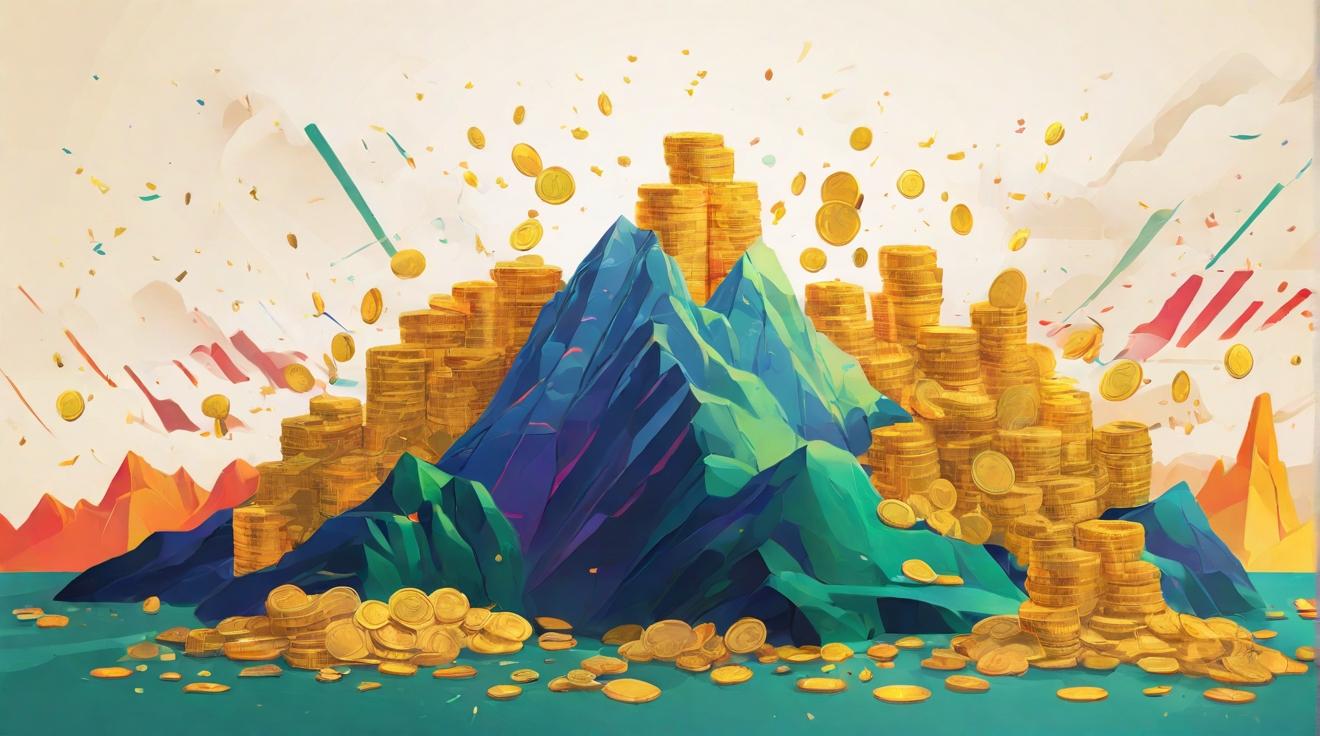The Cola Wars: Analyzing the Soft Drink Industry Landscape
The soft drink industry is a highly competitive market, with Coke and Pepsi being the two major players. Known as the “Cola Wars,” the rivalry between these two giants has shaped the industry and consumers’ preferences for decades. In this article, we will analyze the landscape of the soft drink industry and explore the strengths, weaknesses, opportunities, and threats faced by Coca-Cola and Pepsi.
Strengths and Weaknesses: A SWOT Analysis of Coca-Cola and Pepsi
Both Coca-Cola and Pepsi have their unique strengths and weaknesses. Coca-Cola, being the market leader, has a strong brand image and a wide range of products, including Coca-Cola, Sprite, and Fanta. The company also has a global presence and a strong distribution network. On the other hand, Pepsi has a diversified product portfolio, including Pepsi, Mountain Dew, and Gatorade. Pepsi also has a strong marketing strategy and is known for its celebrity endorsements. However, both companies face weaknesses. Coca-Cola has been criticized for its high sugar content and its negative impact on health. Pepsi, on the other hand, has struggled to maintain its market share in recent years.
Market Opportunities: Examining the Competitive Landscape of Cola Giants
The soft drink industry offers several opportunities for Coca-Cola and Pepsi to expand their market share. One of the significant opportunities lies in the growing demand for healthier alternatives. Both companies have made efforts to introduce low or zero-calorie options, such as Coca-Cola Zero Sugar and Pepsi Zero Sugar. Furthermore, the increasing demand for bottled water and other non-carbonated beverages presents an opportunity for growth. Coca-Cola’s acquisition of brands like SmartWater and Honest Tea, and Pepsi’s ownership of Aquafina and Lipton, show their interest in diversifying their product offerings.
Threats and Challenges: Exploring the Risks Faced by Coca-Cola and Pepsi
Despite their market dominance, Coca-Cola and Pepsi face several threats and challenges. One major challenge is the rising health-consciousness among consumers. With the growing awareness of the health risks associated with sugary drinks, both companies face the risk of losing customers to healthier alternatives like flavored water or natural juices. Additionally, the increasing popularity of craft sodas and energy drinks poses a threat to the traditional cola giants. Furthermore, the tightening regulations on sugar content and advertising restrictions on sugary drinks pose challenges to both Coca-Cola and Pepsi.
A Battle for Dominance: Assessing the Strategic Positioning of Coke and Pepsi
The battle for dominance between Coca-Cola and Pepsi has intensified over the years, with both companies striving to gain a competitive edge. Coke has focused on expanding its product portfolio and investing in marketing campaigns to strengthen its brand image. The company has also made efforts to reduce its environmental impact through initiatives like water conservation and packaging sustainability. Pepsi, on the other hand, has positioned itself as a brand for the younger generation, emphasizing its association with sports and music. The company has also focused on diversifying its product offerings, including snacks and non-carbonated beverages, to stay relevant in the changing consumer landscape.
In conclusion, the soft drink industry landscape is highly competitive, with Coca-Cola and Pepsi vying for dominance. Both companies have their strengths and weaknesses, and they face opportunities and threats in the market. As the industry evolves and consumer preferences change, Coca-Cola and Pepsi will continue to strategize and innovate to maintain their market share and stay ahead in the Cola Wars.













